Overview

The world of building and construction, from its tools to its materials to its constantly developing innovations, can serve as a rich learning area for classrooms and home school environments. And with studies showing that the U.S. lags at all grade levels behind some less developed nations in STEM education, incorporating lessons in building and construction into science, math, engineering, and other curricula exposes students to design and STEM, fostering natural interest.
Plus, as the trade labor shortage continues to impact the home improvement industry, the need for new builders and construction pros is greater than ever.
Whether you’re teaching elementary school children about shapes and counting or teens about chemical properties, there is a hands-on, building-related lesson that can help you keep your students engaged and excited about learning. And here’s another great bonus: These types of projects are also deeply satisfying to young people because they get to produce something of their own, on their own.
A collection of lessons, activities, projects, videos, and more, broken down by grade level, are presented here to assist educators in teaching young people core areas of study by introducing them to the world of building and construction.
Return to Top
Grades K-4
At this age, children are high-energy and very inquisitive. They also respond well to activities that encourage them to explore the world around them. So, what better way to engage them than through projects that connect to building and construction? Activities that have students work with tools, build and create their own structures, and interact with the world around them are very engaging for this age group and help strengthen their understanding of core subjects.
Biology
Everybody Needs a Home – This multi-step activity asks students to first write down why living creatures need homes. Then, they draw a habitat that would be suitable for an animal to live in.
How Do Beavers Build a Dam? – This video from PBS Learning Media shows how beavers, “nature’s engineers,” build dams.
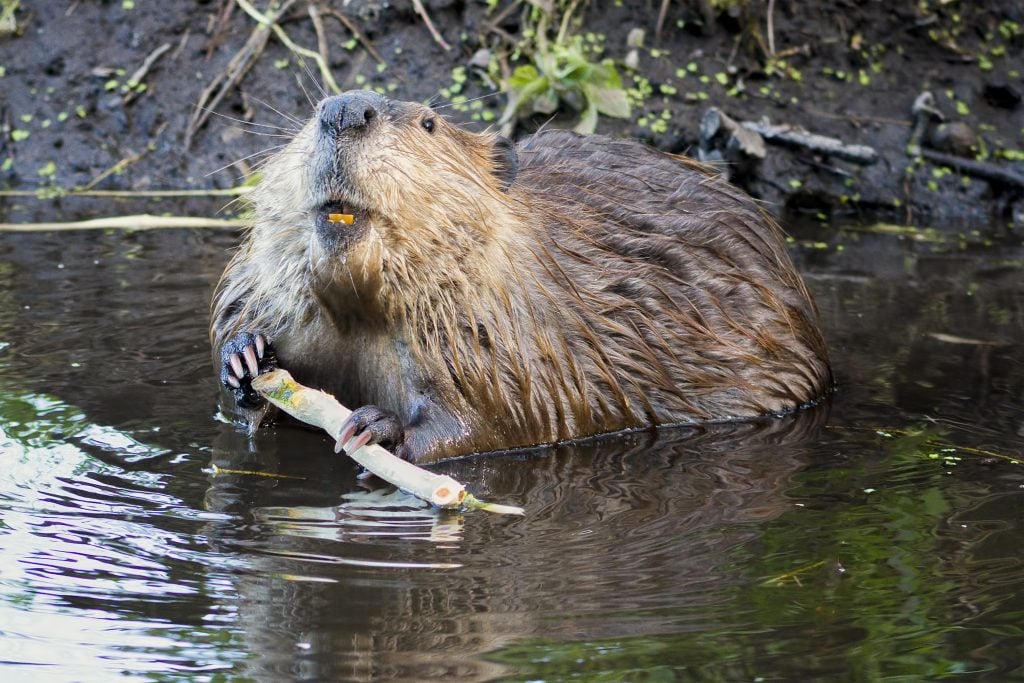
Insect Condominiums – First, assign a type of bug to each child, and then, instruct them to build a home for that bug. In addition to learning about different types of insects, it is a great way to teach problem solving and critical thinking.
Make a Bird’s Nest – Young children are just beginning to fully discover their environments, and as such, they often marvel at what goes on in the natural world. This project encourages them to observe bird nests and then gather the materials to build their own.
Termite Trails – This project encourages students to get up close and personal with termites. They’ll discover that the bugs are attracted to certain types of ink and will observe how a termite acts when the ink is present.
Earth Science
Build This Structure – From Siemens Science Day and Discovery Education, this project teaches what goes into building structures that can withstand the earth’s movement.
Thirstin Builds an Aquifer – Along with the Environmental Protection Agency mascot, Thirstin, students learn what aquifers are and why they’re used. Then, they create their own aquifer using a plastic cup. In addition to being a great science lesson, this is a wonderful opportunity for everyone in your classroom to work on measuring skills.
Engineering
Whole and Parts: Taking Things Apart – Students learn how large objects or structures can be made from smaller parts. They’re shown an object and then they get to try to take it apart using hand tools as a teacher or parent monitors them for safety.
History
Ancient Building Techniques – Participants are asked to consider how the pyramids of Egypt were constructed. Then, using a few easy-to-access materials, they’ll learn the mechanics of how ancient peoples built these amazing structures.
Build a Model of the Brooklyn Bridge – In this five-part lesson, the entire class works together to build a large-scale model of the Brooklyn Bridge. The first lesson teaches students how to use the tools they’ll need to build the model, which include hammers, nails, and wrenches.
Pyramid Builder – This game has students take on the role of vizier to an Egyptian king, and they are responsible for building a pyramid that will house the king’s body when he dies. The game leads them through each step of the process, from choosing the location to selecting its slope and angle to choosing the material out of which it will be made.
Xerxes’ Pontoon Bridges – This lesson focuses on the accomplishments of Xerxes I, a Persian king and early engineer, who built pontoon bridges to help his army cross the Hellespont to defeat the Greeks in 480 BC. Then, they use household items to reconstruct the bridge.
Meteorology
The Water Cycle – Terrariums – Students learn about the water cycle by constructing their own terrariums inside water-tight clear containers.
Physical Science
Foundations: How Buildings Work – This activity is best for kindergarten-age children or younger. In it, participants stick a foundation block in snow and then place other blocks on top of it to test its sturdiness. Then, they place a second foundation block deeper in the snow. They’ll place blocks on top of it, and come away with a great lesson in building a strong foundation.
Physics
Chicken House – Players of this game use an ax and what they know about physics to chop pieces of wood, ice blocks, and materials to knock down the chicken houses.
Simple Machines at Home – Students go on a scavenger hunt to find simple machines—such as pulleys, levers, wedges, and wheels and axels—in the home or classroom. They should uncover items such as blinds, scissors, rolling chairs, and so on.
Practical Math
Build an Architectural School Model – Great for practicing basic math (adding and subtracting), measuring, and getting an introduction to geometry, this activity has students draw out a design for their school and then create a scale model using cardboard and other materials.
Builder’s Math for Kids – These five mini-projects provide children with opportunities to measure, count, and work on other math skills via small, easy DIY home projects. For example, the first project prompts parents to show their child how to use a tape measure.
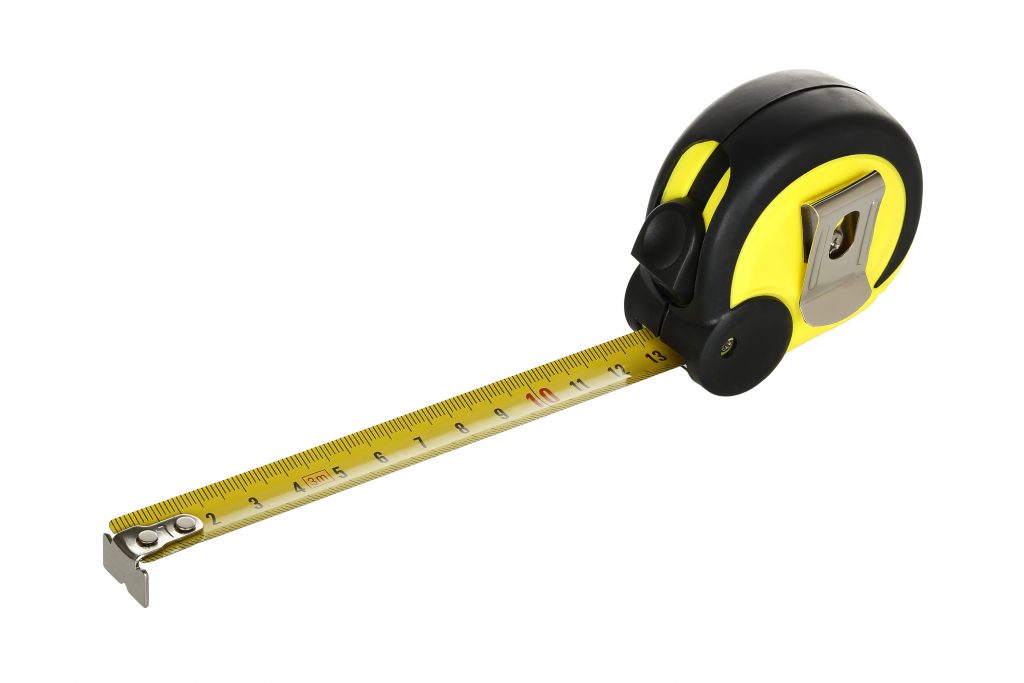
Construct a Kid-size Cardboard Castle – Work with pupils on their measuring skills as they use a ruler to draw out their castle shape on a kid-size cardboard box. They also get a great art activity out of “decorating” the outside of their castle.
Haunted House Blueprint – Students use measuring and geometry and work with a ruler, compass, and protractor to create a blueprint design for a haunted house.
How Many Legos Does It Weigh? – Create a balance using a coat hanger on a door knob and some string to introduce units of weight. Tie an object to a string on one end of the hanger and then add Legos to the other string until the hanger is balanced.
Make an Architecture Shape Collage – Great for younger children, creating this architecture collage helps children begin to connect their knowledge of shapes to the world around them. They’ll identify parts of buildings and then use basic shapes to recreate them in the collage.
Nuts and Bolts: A Sorting Activity – Students get an introduction to nuts and bolts by first sorting the fasteners and then counting them. It’s also an interactive way of teaching them how to create sets and patterns.
Practicing Counting with an Igloo Structure – A fun way to help young children strengthen their counting skills. First, they create clay blocks for their igloo. Then, teachers/parents ask them to add and subtract sets of blocks as they add them to their “igloo.”
Test the Stability of Newspaper Towers – Students use rolled up newspapers to build two different towers—one using cube shapes and one using triangles. Then, they observe which structure is the most stable.
Return to Top
Grades 5-8
In this age group, children can begin to understand more intricate concepts and use critical thinking and problem solving. Incorporating building projects into everyday study is a great way to keep this age group’s attention and help them not only develop in key areas of study but expand their logical thinking skills as well.
Archeology
Archaeology and Erosion – A great hands-on process for teaching the process of erosion, this activity asks students to build a scale model of a Mayan pyramid and use a scientific experiment to simulate erosion. It also serves as a great ancient history lesson.
Biology
Give Me Biomimetic Shelter – This lesson teaches biomimetic design and its uses. It is accompanied by three helpful videos, which will help educators lead the activity.
Earth Science
A Miniworld: Biodomes Engineering Design Project – For this activity, students design and construct their own biodomes. Three videos, a project workbook, and handout on the engineering design process are provided.
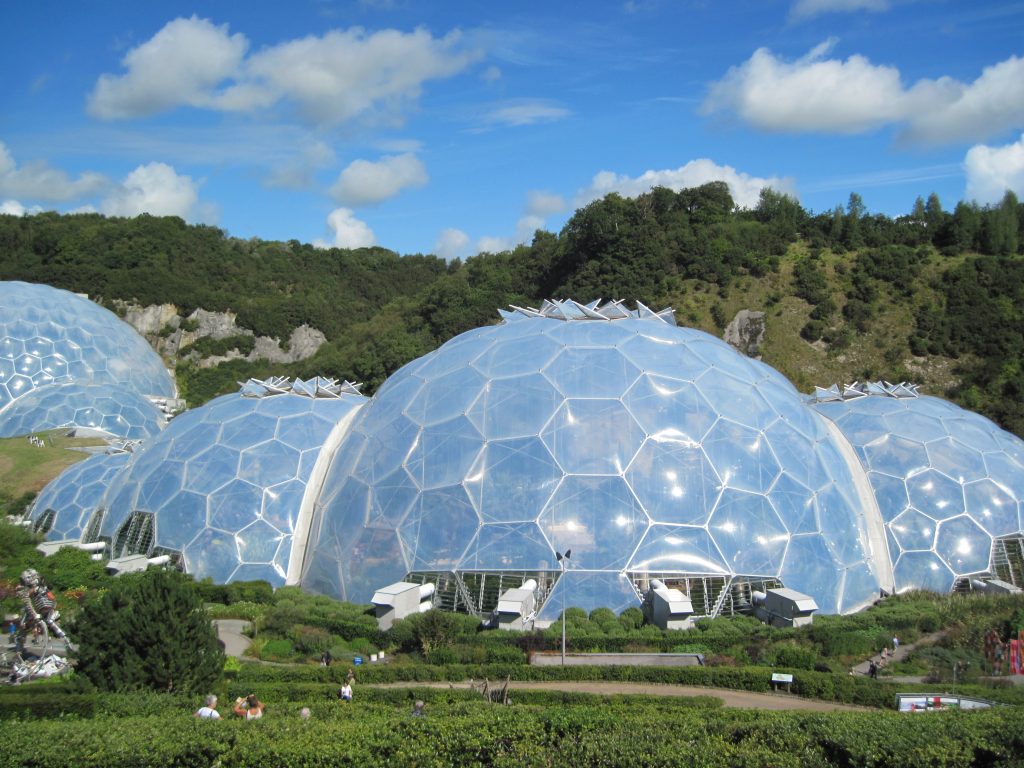
Designing Structures to Withstand an Earthquake – How are earthquake-proof buildings designed? Answering this question is the focus as participants create their own earthquake-resistant structures. Step-by-step instructions for teachers are included.
It’s Easy Being Green! Green Roof Design Project – This activity teaches the benefits of green roof design and the science behind why it’s effective. The lesson comes with several worksheets and a PowerPoint presentation. Plus, investing in green building education is worth the cost, as more and more homes convert to green building practices.
Engineering
Construction – Using cups, plastic straws, toothpicks, tape, plastic forks, and other household items, each participant is asked to build a uniquely designed structure.
Stable and Unstable Structures – Ask your class to consider why three bridges collapsed, determine how safe bridges should be built, and examine materials used to build bridges.
Geometry
Be Like Buckminister! Design a Dome – Learning the relationship between structure and function is the focus of this project, which explains how to design and build their own dome. The lesson is complemented by several useful resources, including handouts and rubrics.
Design and Conquer: Architecture of El Camino Real de California – In this two-part lesson, instructors draw their class’ attention to the design methods used to create California’s missions. First, have class members examine specific missions. Then, ask them to work in groups to design their own.
Shapes Lab – This lab shows how a structure’s shape affects its strength. Students are presented with a shape, and then, they use the interactive pointer to apply force to the shape to see how it bends or moves. Then, they can add (and learn about) an architectural element that will strengthen it.
Sugar Cube House – This activity offers a great opportunity for each member of your class to strengthen their measuring and geometry skills while also learning the basic principles of building a house.
History
Architectural Marvels – This lesson teaches the architectural achievements of ancient Egypt. They’ll learn about the different structures that were built and how they were constructed. Then, in groups, they’ll build their own structure—either a pyramid, temple, or obelisk.
The Construction of the Hoover Dam – Students learn why the Hoover Dam was built and how it was constructed. An informational video accompanies the lesson.
Meteorology
Passive Solar Design: Zero-energy Housing – Students learn how to use solar energy to build sustainable structures. They’ll explore the reasoning behind solar design and will try creating their own zero-energy structure. The lesson is accompanied by handouts, worksheets, and a video example of a sustainable library.
Physical Science
Build a Ferris Wheel – Have your class examine The London Eye, and then ask them to use principles of motion and load to design their own Ferris wheel using pasta and other materials.
Chair Lift Challenge – Teachers provide certain materials, including ping pong balls, string, floral wire, pipe cleaners, etc., and ask class members to consider how they might be used to create a chair lift system. Then, they’ll design and build a lift that can carry a tennis ball “up” and “down” a mountain.
Working with Watermills – Start with a brief history lesson explaining the significance of water mills throughout time and how the same concepts are being used today to create hydroelectric power. Then, have students work in groups to create their own watermill.
Physics
Electricity Circuits – This game teaches how electricity circuits and wiring works, while also giving participants a valuable physics lesson. Of course, be sure to remind students not to try dangerous electrical projects at home, and to leave tough jobs to professional electricians.
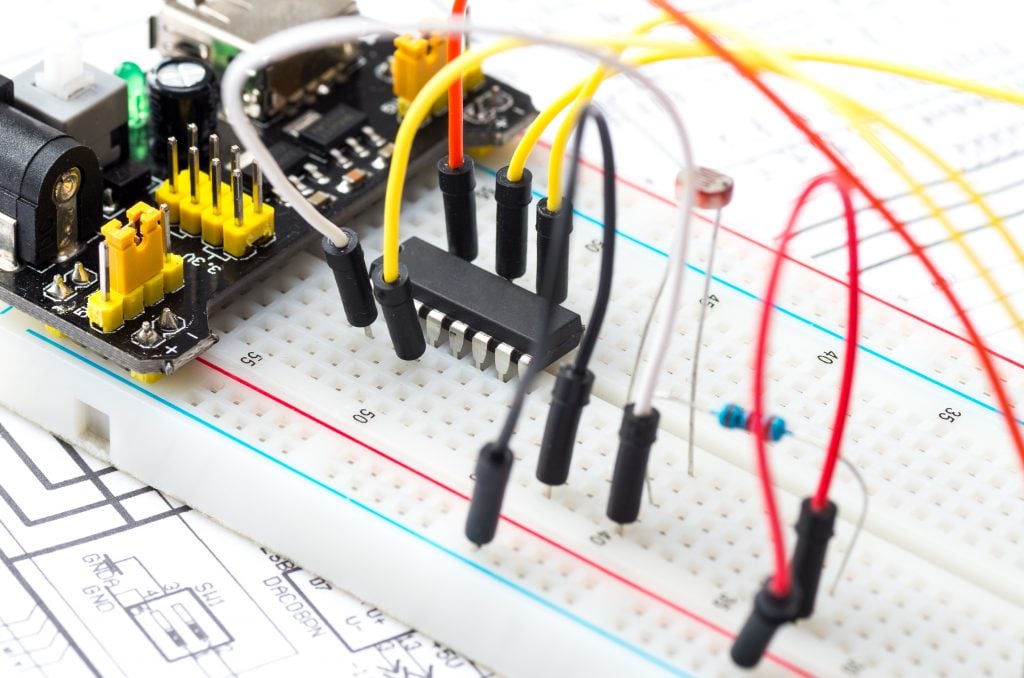
Forces Lab (with Bridges) – This interactive lab teaches class members about five forces—compression, tension, bending, shear, and torsion—that affect structures. Using a slider they can apply a given force to an object and then click the “See It In Real Life” button to find out how these forces behave in real world buildings.
Hit the Target – Introduce the class to this activity by explaining Newton’s Laws of Motion. Then, challenge them to use what they’ve learned to design a catapult to launch a projectile and accurately hit a target. The lesson is accompanied by two assignment sheets.
Practical Math
Bridges – In addition to teaching your class design concepts used in bridges, this lesson offers a great opportunity for them to work on their math skills. They’ll use measuring as they design their bridge and budgeting to make sure their bridge can be constructed within the given price range.
Dream House Project – Students must work within a budget to design their dream house. They’re given specific parameters, e.g., a total cost limit of $200,000 and rooms that cost $75 per square foot, and must stay within those rules as they complete their design. Consider putting the winning student in touch with a local interior designer to learn even more.
How to Build a Step Stool – This project provides step-by-step directions for parents (or teachers) to use as they work with their child to build a checkerboard step stool. It is a great opportunity for children to work on their measuring and basic math skills while also learning how to use tools safely.
Math-kitecture – Here are several activities that use architecture to help children strengthen their math skills:
- Floor Plan Your Classroom
- Geometry in Architecture
- Design a Fantastic Bedroom
- “Walk Through” a 3D Building
Stride Ruler – Use this activity to teach students how to create their own tool—a stride ruler. Tape meter sticks to the floor, and then have class members follow the step-by-step instructions so that they can learn how to use their feet to measure distance.
Return to Top
Grades 9-12
As the Ohio Department of Education notes, high school-age children can “understand complex issues” and are beginning to “plan for their future.” At this age, they can work with tools and take on more advanced building projects. In addition to keeping them engaged, incorporating building and construction into lessons at this age has occupational connection and may help influence their career choice.
Biology
Backyard Birding – Hands-on from the start, this project’s purpose is for students to observe and record bird behavior at bird feeders. To help them “buy-in” to the project, they actually learn how to build professional quality feeders, which they’ll use for their observation research project.
Chemistry
Duck Tape Triboluminescence – Duck Tape can be found in almost every household toolbox, and in this experiment, students learn that it can be used for more than just quick fixes. The quick project has them tear strips of duck tape to observe triboluminescence.
Rusting of Metals – Metals are essential materials in today’s structures. This experiment exposes students to the oxidation-reduction process. They’ll follow steps to start the rust different kinds of metals.
Engineering
Engineer a Dam – Students learn how dams are used and designed and why they’re used. Then, they construct their own dams using a water trough. A full lesson plan and worksheets are provided.

Living Architecture – This project asks students to consider how trees can be worked into architectural design. They’ll build a scale model example of live tree architecture.
Move that Lighthouse! – Students learn what factors must be considered before a lighthouse is moved. Then, they plan for and execute the “safe and efficient move” of a tower of blocks on a desk.
Tall Tower Challenge – Take your class on an exploration of the tallest buildings in the world. Prompt them to consider how they were built and then challenge them to create their own tall structures using materials, such as straws, pipe cleaners, and paper clips. A lesson plan and worksheets are provided.
Waterproof That Roof! – Students act as structural engineers as they learn how roof design has improved over time. Then, they work in groups to design their own roof and test it out to see if it can successfully protect the contents of a box during a water test.
Meteorology
Wind Power: Creating a Wind Generator – A great way to teach about energy, this lesson introduces students to wind power and its benefits. Then, they engineer their own wind generators.
Physical Science
Concrete in the Classroom – In this five-lesson unit, students learn all about concrete—its properties, how to mix it, how its affected by temperature, and much more:
- Lesson One – The Uses of Concrete
- Lesson Two – What are the Parts of Concrete?
- Lesson Three – A Further Look at the Content of Concrete
- Lesson Four – A Collection of Aggregates
- Lesson Five – So You Think Concrete Dries Out?
The Home Environment – This nine-lesson unit explores how resources, such as light, water, and energy, are used in different parts of the home and how much those resources cost.
Physics
Build an Electromagnet – In this project, students learn how electromagnetism works by using common tools and building materials to construct an electromagnet.
Electrical Circuits Lesson Plan – In this lesson, each pupil builds their own electrical circuit and then completes a chart as they analyze how many bulbs the circuit will light.
How to Build a Chicken Feeder – Though it’s meant for farmers, this article and its step-by-step instructions on how to build a chicken feeder that opens when chickens step on a treadle provides a great physics lesson. First, discuss with students how the feeder’s treadle uses levers, and then, work with them to build their own feeder.
Make an Elevator – Use this project to teach your class how pulleys work in lift systems. They’ll use plywood, nails, string, a hammer, and other tools and materials to build their own mini-elevator.
Will the Leaning Tower Fall? – This five-part unit prompts students to research the Tower of Pisa and then use what they know about physics to determine whether the Tower will fall.
Practical Math
Algebra
The Carpenter’s Staircase (p. 53) – For this activity, students get out of the classroom to learn real-world algebra. They’ll learn slope by drawing staircases and ramps and measuring those structures at their school. Then, they pretend to be a carpenter by filling out a worksheet on which they’ll find the slope of several structures the carpenter is building.
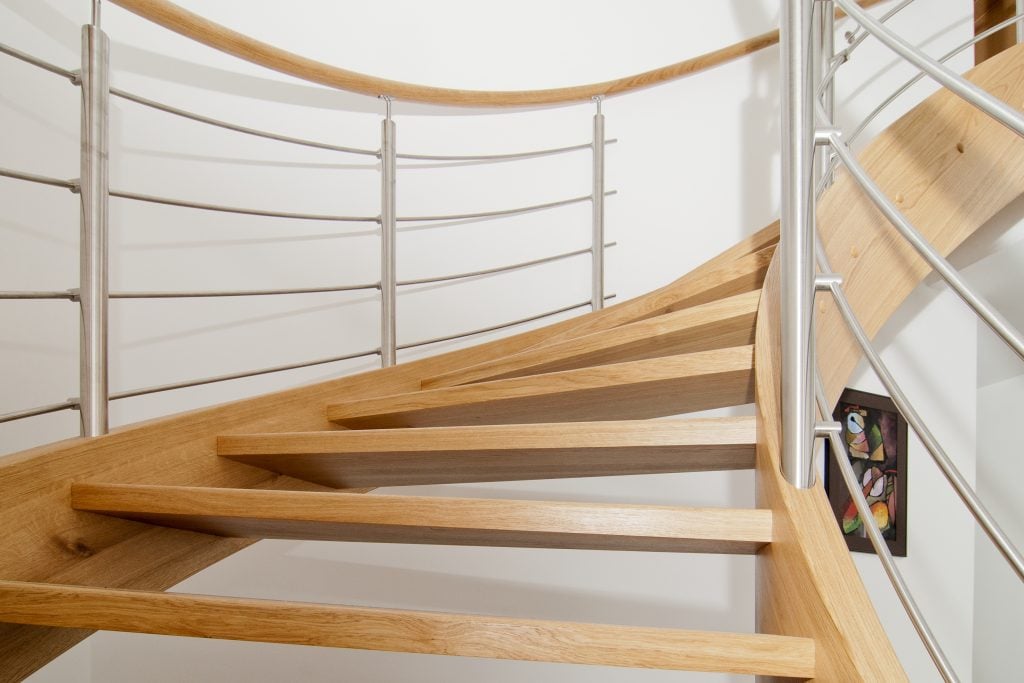
The Handyman’s Math Trick (p. 270) – This quick activity can be performed with a tape measure and is a hands-on way to show why the addition property of equality works.
Calculus
Dealing with a Small Leak – In this calculus project, the class receives a letter from a mock company, Hocklead Tarmin, asking them how they can contain fuel leaks in their free-standing vertical cylinder tanks. The assignment is to present their response in a 3-5 page report.
Geometry
Architectural Planning with Pythagoras – Students imagine they’ve been marooned on a deserted island. Their task is to design an elevated shelter consisting of right angles, but they must do so without using levels and protractors. They’ll have to get creative to ensure their right angles are precise.
Constructing Perspective Drawings – Students become architects as they use the perspectives from a 3D point cloud to create a perspective drawing of a Heritage site.
This New House – This eight-week project asks class members to design a home for a family of four using sustainable architecture principles. It is a great cross-subject project and also incorporates lessons in chemistry.
Return to Top
When I Grow Up…
We’ve all said this phrase at some point in our childhood. And in truth, young people start planning their dream careers as early as preschool. There’s no reason jobs in building and architecture shouldn’t be high on their lists. After all, these careers are essential for growing and developing the world around us.
Architects are inventors. As this article points out, designing new, unique buildings is just as exciting and rewarding as coming up with new gadgets. These TED Talks provide great opportunities for students to learn more about the field.
Engineers make a big impact on the world. This slideshow from DiscoverE gives a great overview of the essential role engineers play in shaping the world around us–from the buildings we live and work in to the products we use. It also features inspirational videos from engineering students.
Builders and architects create our homes. Students considering a career in architecture, building, or engineering should watch this video on modern home construction. Using a 3-D animation it takes viewers through every step of the home building process.
Building contractors get to be their own bosses. Some young people may be interested in owning their own businesses. Working as a general contractor is a field that combines the hands-on appeal of working in construction with running one’s own business.
Green building is the way to a sustainable future. Students often have big ideas about improving the world around them. Seeking a career in green building is a great way to have a lasting impact by protecting the environment, improving the economy, and creating healthier lifestyles.
Return to Top
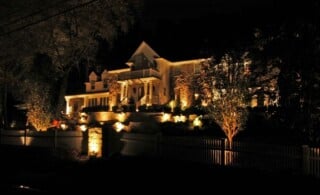 Luxury House Plans
Luxury House Plans  Finding & Hiring a Draftsperson: What They Do, Questions to Ask
Finding & Hiring a Draftsperson: What They Do, Questions to Ask  Report from PCBC: New Home Construction
Report from PCBC: New Home Construction 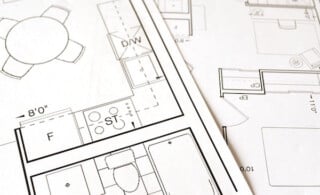 Drafting Specialties
Drafting Specialties 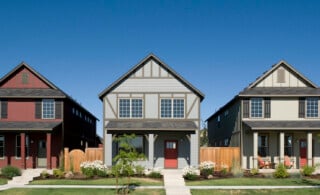 Why Low Housing Inventory Leads to High Home Improvement Spending
Why Low Housing Inventory Leads to High Home Improvement Spending 

Are You Familiar With This Topic? Share Your Experience.